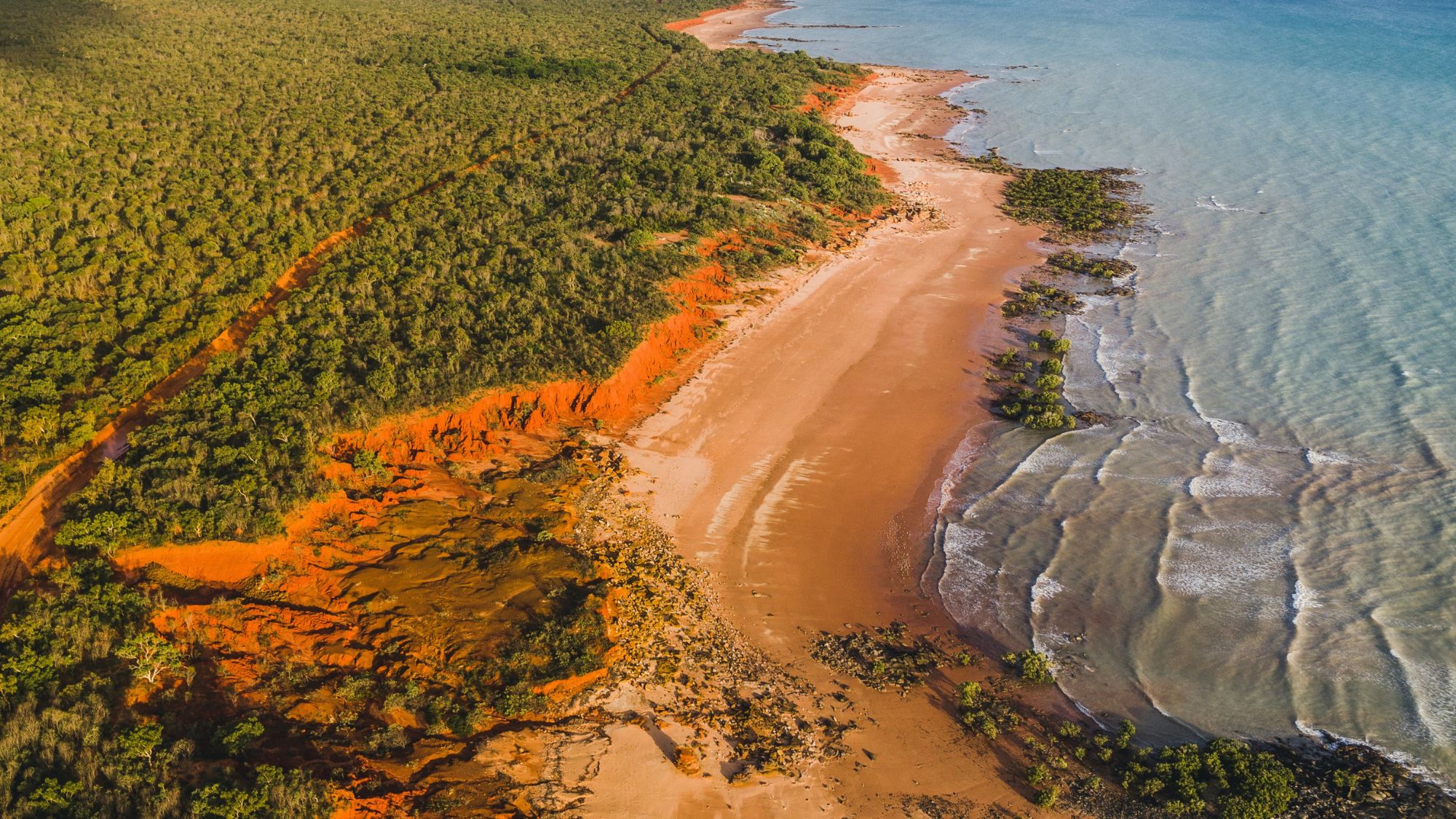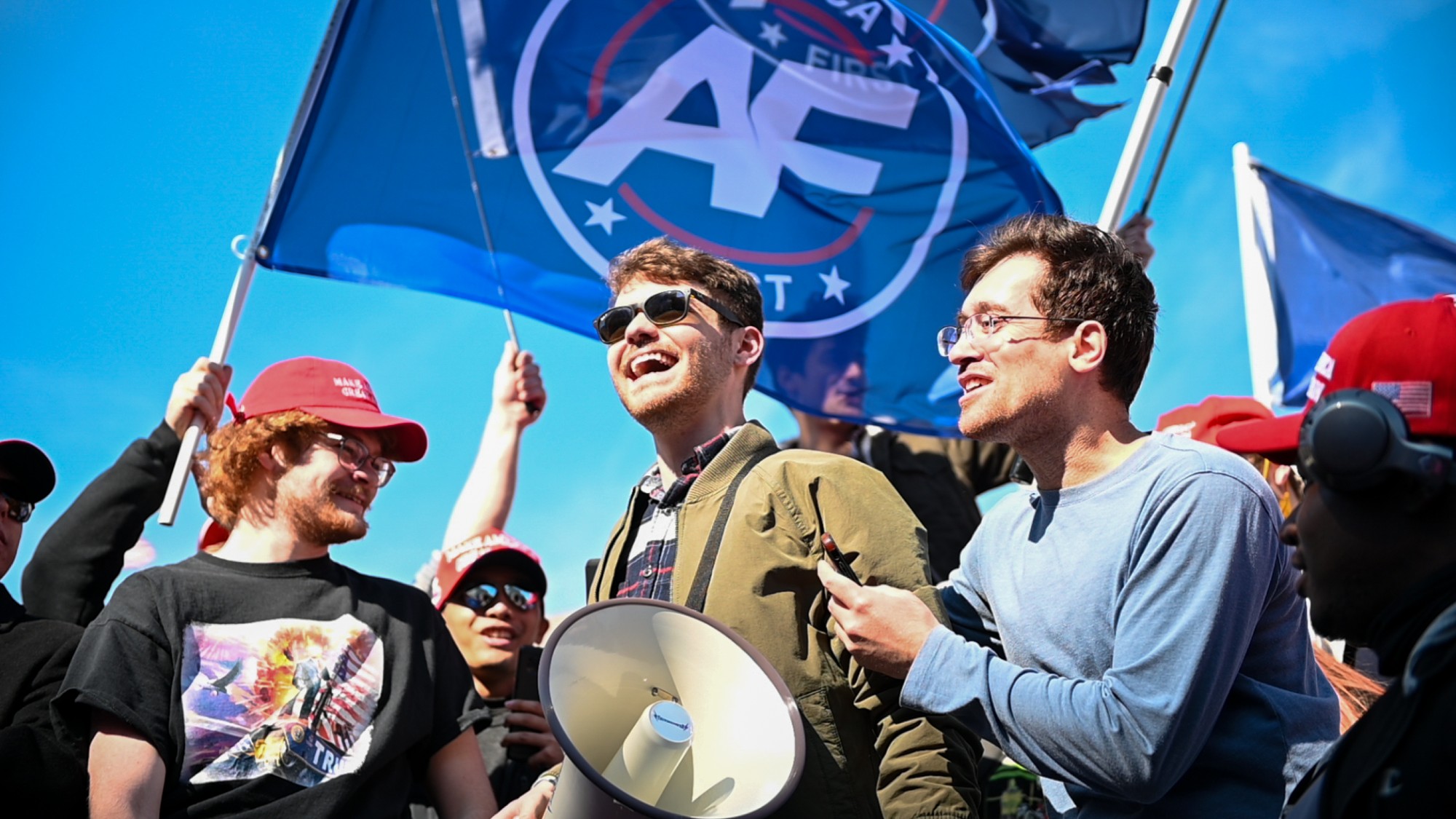The rebel cleric
A young Muslim holy man named Muqtada al-Sadr has emerged as one of the biggest threats to the Bush administration’s plans for Iraq. How powerful is al-Sadr, and what does he want?
Who is Muqtada al-Sadr?
He is a fiery Shiite cleric who hopes to be a national leader in the new Iraq. Al-Sadr is only 30 years old, and he ranks near the bottom of the country’s Shiite religious hierarchy. But he has emerged as a national power broker this year as his ragtag militia, the Mahdi Army, has battled the U.S. forces occupying Iraq. Last month, he and several thousand armed followers holed up inside the Imam Ali mosque in Najaf, the holiest site in Shiite Islam. He agreed to a cease-fire after losing hundreds of his men, but the showdown only cemented his popularity among Iraqis fed up with the occupation, says Juan Cole, a University of Michigan expert on Iraq. Eighty-one percent of Iraqis polled said their opinion of al-Sadr had improved since he began his uprising in April. “Without any doubt,” says Cole, “it’s making him a hero.”
What is al-Sadr after?
The Week
Escape your echo chamber. Get the facts behind the news, plus analysis from multiple perspectives.

Sign up for The Week's Free Newsletters
From our morning news briefing to a weekly Good News Newsletter, get the best of The Week delivered directly to your inbox.
From our morning news briefing to a weekly Good News Newsletter, get the best of The Week delivered directly to your inbox.
Al-Sadr has demanded that the U.S. military leave Iraq, and has called for immediately replacing the interim government, anointed by Washington, with one chosen by Iraqis. “There can be no politics under occupation,” he said recently, “no freedom under occupation, no democracy.” U.S. intelligence officials say al-Sadr’s ultimate goal may be to establish a hard-line Islamic regime, modeled after Iran’s, and military officials believe that Iran has secretly sent him money to back his movement. Al-Sadr has imposed strict Islamic law in the neighborhoods he controls, and some of his forces have firebombed liquor stores and emporiums selling racy Western videos.
How did he get his power?
He inherited it. Al-Sadr comes from a family of martyred Shiite leaders. His uncle Ayatollah Mohammed Baqr al-Sadr was executed in 1980 for opposing Saddam Hussein’s regime. His father, Grand Ayatollah Mohammed Sadiq al-Sadr, and two of his brothers were gunned down in 1999, and al-Sadr went into hiding. He once said he never expected to lead his family’s reverential followers, but when al-Sadr resurfaced last year, after the U.S. toppled Saddam, he said his family’s sacrifices had made him the rightful leader of the Shiite masses. He soon formed his Mahdi Army, which he declared would protect Najaf and Iraq’s other Shiite holy cities from foreign infidels.
How big is his following?
A free daily email with the biggest news stories of the day – and the best features from TheWeek.com
Tens of thousands of Shiites gather to hear al-Sadr’s weekly sermons, and up to 10,000 armed followers have joined his militia. Some insurgents from the rival Sunni sect have voiced support for his uprising, but al-Sadr’s power base is in a Baghdad slum named after his father. Most of the 2 million people in Sadr City are impoverished Shiites who complain that their lives haven’t gotten better since Saddam fell. Despite his popularity among the dispossessed, al-Sadr has a long way to go before he can claim to speak for the country’s Shiite majority. But that seems to be his aspiration.
How does he hope to accomplish that?
By speaking out. The most influential Shiite leaders—including Grand Ayatollah Ali al-Sistani—follow a Shiite tradition known as quietism, which requires them to avoid direct involvement in politics. But al-Sadr loudly preached resistance to the U.S. invasion and occupation, although at first he avoided direct calls to arms. At the same time, he took charge of a network of schools and charities established by his father, using them to distribute food to the needy in the chaotic aftermath of the invasion. His supporters took over mosques and appointed clerics; they ran hospitals and collected garbage. In Sadr City, the black-clad members of the Mahdi Army won over a fearful population by rounding up drug dealers and other criminals.
When did al-Sadr turn to violence?
In April, after the U.S. shut down Al-Hawza, the weekly newspaper al-Sadr was using as a mouthpiece for his anti-U.S. message. The U.S. also arrested one of the cleric’s top aides, and announced that an Iraqi judge had issued a warrant for al-Sadr’s arrest, for the murder of a rival cleric shortly after the invasion. Al-Sadr’s supporters poured into the streets by the thousands, and he sent militiamen to seize police stations and government buildings in Najaf and a half-dozen other towns. Al-Sadr declared peaceful resistance “a losing card,” instructing his followers to go out and “terrorize your enemy.” L. Paul Bremer, then the U.S. administrator in Baghdad, branded al-Sadr an “outlaw,” and American commanders said they would capture him “dead or alive.”
So why is al-Sadr still free?
Even Shiites who disagree with al-Sadr have warned the U.S. not to touch him. Last month, the Mahdi Army broke a tense two-month cease-fire, and resumed its attacks on U.S. troops and the security forces of interim Prime Minister Iyad Allawi. “Damn him and damn the occupier,” al-Sadr said. The cleric and his men readied to make their last stand in Najaf, in the Imam Ali Shrine, with al-Sadr vowing to fight “until the last drop of my blood has been spilled.” But al-Sistani warned U.S. Marines and Iraqi national security forces not to enter the mosque, and he personally negotiated a peace plan. Al-Sadr agreed to send his men home, the Marines backed off, and the Iraqi interim government promised him amnesty. Iraqi political leaders now say they hope al-Sadr will peacefully join the political debate over Iraq’s future, but al-Sadr has kept the nation guessing about his next move.
Waiting for the Mahdi
The Christian Science Monitor.
-
 A luxury walking tour in Western Australia
A luxury walking tour in Western AustraliaThe Week Recommends Walk through an ‘ancient forest’ and listen to the ‘gentle hushing’ of the upper canopy
-
 What Nick Fuentes and the Groypers want
What Nick Fuentes and the Groypers wantThe Explainer White supremacism has a new face in the US: a clean-cut 27-year-old with a vast social media following
-
 5 highly amusing cartoons about rising health insurance premiums
5 highly amusing cartoons about rising health insurance premiumsCartoon Artists take on the ACA, Christmas road hazards, and more